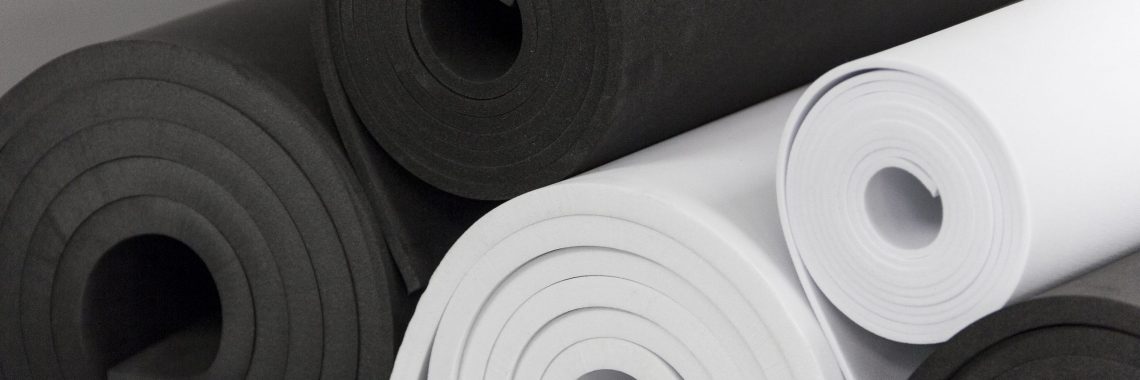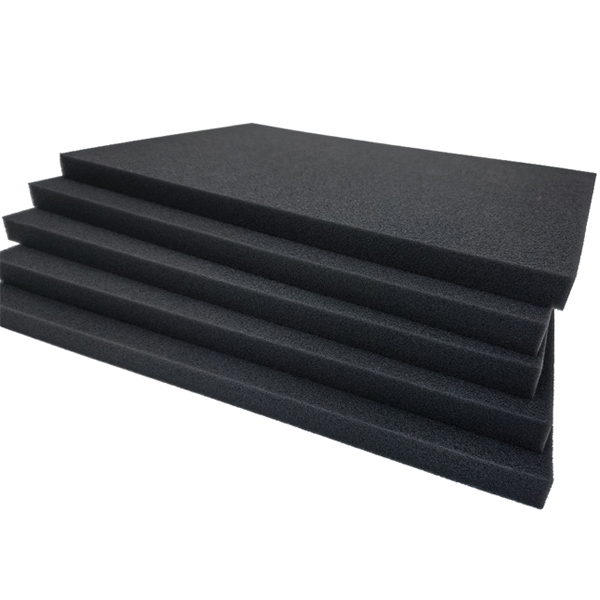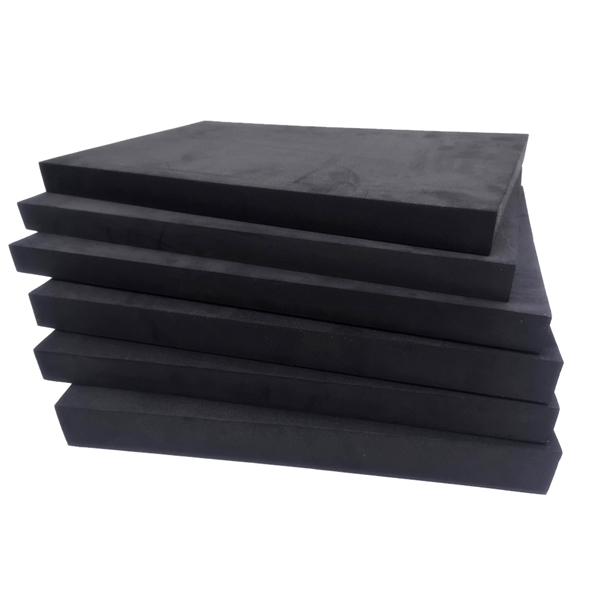
While many foams may appear identical at first glance, handling them quickly reveals differences in their composition. Two key characteristics you'll notice right away are flexibility and rigidity. How easily does the foam bend? How pliable is it? These traits influence not only how the foam behaves under stress but also how well it performs in different uses—from precision product packaging to structural and functional components in OEM assemblies.
Whether you're protecting fragile electronics, creating insulation panels, or designing impact-absorbing inserts, choosing foam with the right balance of flexibility and rigidity can make all the difference between a successful application and one that falls short.
What Do We Mean by Flexibility and Rigidity?
Flexibility is a foam's ability to bend, compress, or deform without cracking or losing its structural integrity. It's closely tied to elasticity and is often found in lower-density foams such as polyurethane or polyethylene.
Rigidity, or stiffness, describes a material's resistance to deformation when force is applied. This trait is more common in higher-density or crosslinked foams—generally, the denser the closed-cell foam, the stiffer it becomes. High-density polyethylene and polypropylene foams, for example, are typically very rigid.
Both flexibility and rigidity exist on a spectrum, shaped by many factors, including foam type, density, cell structure, chemical makeup, and even the methods used in fabrication.
What Determines Foam Flexibility or Rigidity?
A foam's flexibility or rigidity comes down to its modulus of elasticity and its energy absorption characteristics. The modulus of elasticity reflects how much the foam will deform under a given load, while energy absorption shows how that load is distributed through the material.
Rigid foams typically offer higher compressive strength and load-bearing capacity but absorb less energy over time—meaning they may fail suddenly or transfer more force to the item they're protecting. Flexible foams, by contrast, deform more easily yet excel at absorbing and dispersing shock, making them ideal for dynamic or impact-prone environments.
The challenge is finding the right combination of these properties to meet the exact demands of your application.
The Role of Foam Type and Composition
Not all foams are the same—each material family offers a different balance of flexibility and rigidity:
Polyurethane Foam (PU)
●Flexible, open-cell structure
●Excellent cushioning and vibration-dampening properties
●Common in medical, automotive, and custom protective packaging
●Available in various densities, though naturally soft and highly compressible

●Closed-cell construction
●Offered in both flexible and semi-rigid grades
●Rigidity increases with density
●Ideal for packaging, case inserts, and industrial components
●Crosslinking boosts rigidity, surface quality, and chemical resistance

Elastomeric and Specialty Foams
●Designed for high-performance applications in industries like aerospace, medical, and electronics
●Can be engineered with unique directional properties—rigid in one axis, flexible in another
Flexibility vs. Rigidity in Packaging Applications
In protective packaging, choosing the wrong foam performance can either put products at risk or add unnecessary cost. The key is finding the right balance between rigidity and flexibility for the job:
When Flexible Foam Works Best:
●Vibration-sensitive electronics that need to absorb repeated minor shocks gradually
●Fragile or irregularly shaped items requiring a contoured fit and even pressure distribution
●Reusable packaging that demands both durability and compressibility
When Rigid Foam Works Best:
●Heavy products that place high static loads on the packaging
●Temperature-sensitive goods needing both insulation and structural strength
●Long-term storage applications where compression over time must be kept to a minimum
Factors That Influence Foam Behavior
Even within the same foam type, certain production and design variables can significantly affect its rigidity and flexibility:
●Density: Higher density generally means greater stiffness, though excessive density can lead to brittleness.
●Cell Structure: Open-cell foams offer more compressibility and airflow, while closed-cell foams are stiffer and more resistant to moisture.
●Additives and Fillers: Ingredients such as flame retardants, anti-static agents, or UV stabilizers can alter performance characteristics.
●Fabrication Method: Processes like die cutting, CNC contouring, laminating, and thermoforming can influence flexibility or stiffness, depending on cut patterns and material orientation.
At TOPSUN Foam, our fabrication experts work closely with customers to prototype and test these factors, ensuring the final part or package achieves the ideal performance balance.
Choosing the Right Balance for Your Application
Use this quick checklist to help define the optimal foam properties for your needs:
What type of force will the foam face?
– Is it dynamic or static? Sudden impact or gradual load?
Does the foam need to recover its shape?
– Select materials with high memory and low compression set.
Is weight or bulk a concern?
– Remember that denser, more rigid foams can add mass and reduce efficiency.
Will the part or package need to perform long-term?
– Factor in environmental exposure, fatigue resistance, and creep behavior.
How much movement or deflection is acceptable?
– Choose rigidity to limit movement, flexibility to absorb and dampen it.
English
العربية
Français
Русский
Español
Português
Deutsch
italiano
日本語
한국어
Nederlands
Tiếng Việt
ไทย
Polski
Türkçe
ភាសាខ្មែរ
Bahasa Melayu
ဗမာစာ
தமிழ்
Filipino
Bahasa Indonesia
magyar
Română
Čeština
қазақ
Српски
हिन्दी
فارسی
Kiswahili
Norsk
Svenska
українська
Ελληνικά
Suomi
עברית
Latine
Dansk
اردو
বাংলা
Afrikaans
नेपाली
Oʻzbekcha
Azərbaycan dili
Български
guarani
Hausa
Kurdî
Kurdî
Lietuvių
Wikang Tagalog
isiZulu





